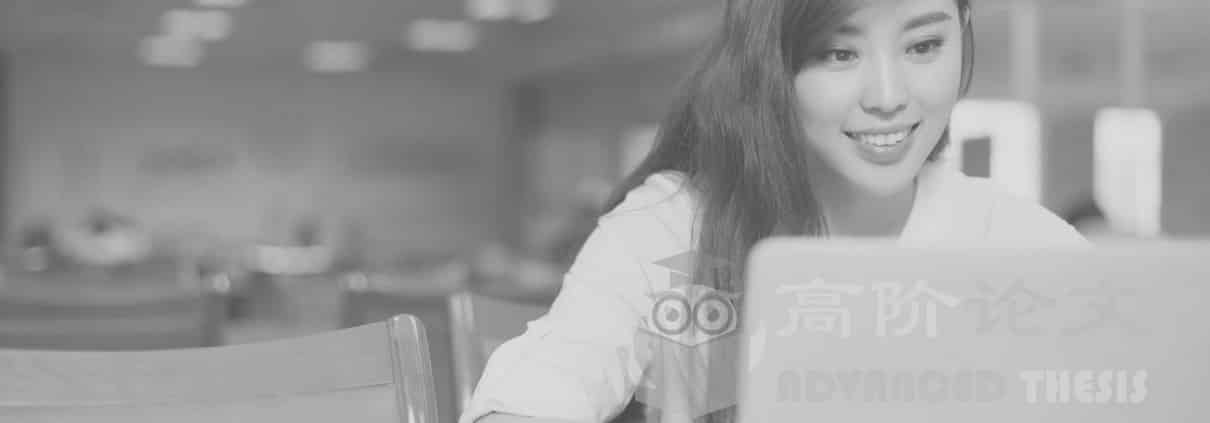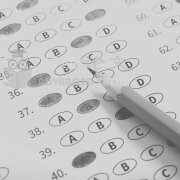美国威斯康星大学论文代写:视觉传达
美国威斯康星大学论文代写:视觉传达
视觉、听觉和Kinesthetic是三种不同的学习风格。有见地的编码和视觉信息和视觉素养采集解码理解学科逻辑顺序的方式是设计的一个重要步骤,有效的视觉沟通等各类学习PowerPoint(奇斯利特& Chapman,2005)。一致的大小,间距和高品质的文字/图像,标准化的符号,颜色和视觉线索的形式,箭头,粗体,阴影和边界提供清晰和清晰的视觉叙述。幻灯片时间超过四秒,在PowerPoint中巧妙地利用间歇时间,可以提供足够的休息时间来思考和组织想法。强烈的色彩和强烈的对比,根据完形法则,与环境照明是用来突出和信号意义让整个学习者集中或独立的部分取决于需求和实现环境和配置更好的视觉感知(斯托克斯,2002)。单色色彩组合,适当的色调和色调值,除了单调,饱和度水平不同的色调值选择从颜色对话盒创造惊人的视觉冲击。
语言的视觉学习者,简单的文字与合适的规格和空间视觉学习者,大量的图表、PI图、动画、挂图可在PowerPoint中描述要点清晰的写作形式,帮助他们记忆和笔记吧(zywno和waalen,2002)。对于听觉学习者,可以使用多媒体,音乐和不同的声音,在PowerPoint中结合起来,吸引他们的注意力,鼓励集中听讲。在音色、音调、声音的变化强调,听觉活动如头脑风暴和嗡嗡声,和音频提示和问题包含像“告诉我”,“有”或“接管”可以引发学习者的内部对话,让他描述和其他人的想法。对动觉学习者,PowerPoint可以定期如图,结合一些实际练习编辑、排版或强调任何新的消息促使他接受新的工作任务,反映并积极参与通信(例如,2008)。通过触摸鼠标,在这些活动中简要浏览PowerPoint的不同功能,可以让他移动并提供学习的机会。
美国威斯康星大学论文代写:视觉传达
Visual, Auditory and Kinesthetic are three different learning styles. Insightful encoding and decoding of visual messages and acquisition of visual literacy to comprehend the subject in logical and sequential manner is an important step in designing effective visual communication such as PowerPoint for all types of learners (Chislett & Chapman, 2005). Consistent size, spacing and high-quality of texts/ images, standardized symbols, colors and visual cues in form of arrows, bold, shading, and border impart clear and legible visual narratives. Slide-time of more than four seconds and wise use of intermittent time-breaks in PowerPoint lend enough respite to contemplate and organize ideas. Strong Color and strong Contrast, as per Gesalt laws, with ambient lighting are used for highlighting and signaling significant matter to let the learner focus on the whole or individualized parts depending upon requirement and achieve better visual perception of context and configuration (Stokes, 2002). Monochromatic color combination, suitable hue and tonal value except monotone, and saturation level different from tonal value selected from color dialogue boxes create striking visual impact.
For Linguistic Visual learner, simple text with suitable specifications and for Spatial Visual learner, ample number of graphs, pi-diagram, animation and flip charts can be provided in PowerPoint to describe key points in clear writing form and assist them in remembering and taking notes of it (Zywno & Waalen, 2002). For Auditory learner, use of multimedia, music and distinct sounds can be incorporated in PowerPoint to fetch their attention and encourage focused listening. Change in tone and pitch, voice emphasize, auditory activities like brainstorming and buzzing, and inclusion of audio cues and questions like ‘tell me’, ‘got it’ or ‘take it over’ can trigger internal dialogue with learner and let him verbalize ideas with others. For Kinesthetic learner, PowerPoint can integrate some practical exercises at regular intervals such as drawing, editing, composing or highlighting any new message to prompt him to take up new tasks, reflect and actively participate in communication (Felten, 2008). With a touch on mouse and brief surfing over different features of PowerPoint during those activities can keep him moving and provide an opportunity to learn.






